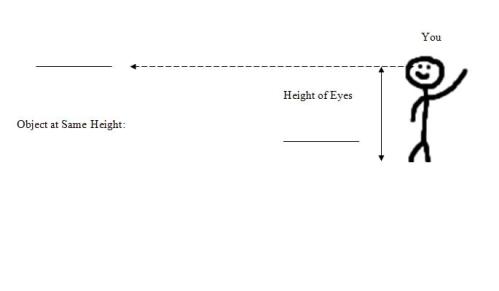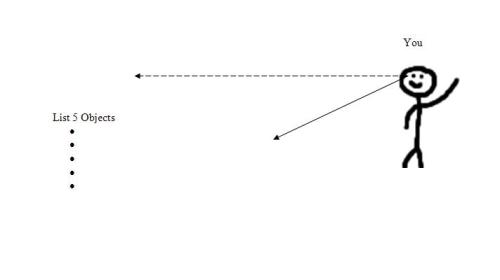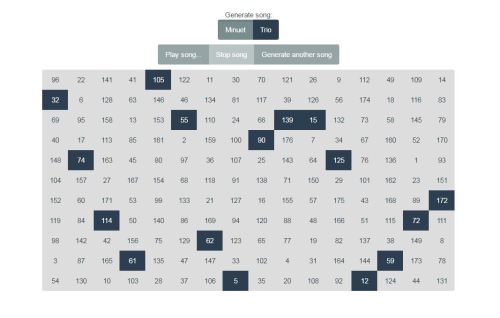Thanks to this post on Dan Meyer’s blog, and an ensuing conversation between Dan and Curmudgeon, I was pointed to an article that I think would make a pretty compelling problem in Math 10C or Math 10-3 measurement.
The article describes a 17 year old driver who was given a $190 ticket for going 62 miles an hour in a 45 mile an hour zone. His parents, however, had installed a GPS system in his car to track his speed and driving habits, and they claim the GPS proves their son was only going 45 miles an hour at the time the ticket was issued. It appears to have taken two years of legal wrangling, before the ticket was finally upheld, and he had to pay the fine. I wouldn’t tell the students that yet, though.
Here’s a link to the article: Speeding Teenager
Lesson Plan
1. Present the problem.
Give the students the following excerpt from the article:
Shaun Malone was 17 when a Petaluma police officer pulled him over on Lakeville Highway the morning of July 4, 2007, and wrote him a ticket for going 62 mph in a 45-mph zone.
Malone, now 19, was ordered to pay a $190 fine, but his parents appealed the decision, saying data from a GPS system they installed in his car to monitor his driving proved he was not speeding.
What ensued was the longest court battle over a speeding ticket in county history.
In her five-page ruling, Commissioner Carla Bonilla noted the accuracy of the GPS system was not challenged by either side in the dispute, but rather they had different interpretations of the data.
All GPS systems in vehicles calculate speed and location, but the tracking device Malone’s parents installed in his 2000 Toyota Celica GTS downloaded the information to their computer. The system sent out a data signal every 30 seconds that reported the car’s speed, location and direction. If Malone ever hit 70 mph, his parents received an e-mail alert.
Malone was on his way to Infineon Raceway when Officer Steve Johnson said he clocked Malone’s car going 62 mph about 400 feet west of South McDowell Boulevard.
The teen’s GPS, however, pegged the car at 45 mph in virtually the same location.
At issue was the distance from the stoplight at Freitas Road — site of the first GPS “ping” that showed Malone stopped — to the second ping 30 seconds later, when he was going 45 mph. Bonilla said the distance between those two points was 1,980 feet.
2. Ask the students to discuss the article. In the end they will come to the question we want explored. Was young Shaun guilty of speeding?
3. Let them answer the question. Have them prepare a defense for Shaun, or an argument for the prosecution.
4. Show them the Commissioner’s conclusion, based on mathematics.
Bonilla said the distance between those two points was 1,980 feet, and the GPS data confirmed the prosecution’s contention that Malone had to have exceeded the speed limit.
“The mathematics confirm this,” she wrote.
Teacher Resource
An extension, eventually.
I have been attempting to contact the person mentioned in this local article, but so far he hasn’t responded to me. Similar mathematics could prove he wasn’t driving as excessively fast as the red light camera claimed, but I would need to get a copy of his ticket to show that.






